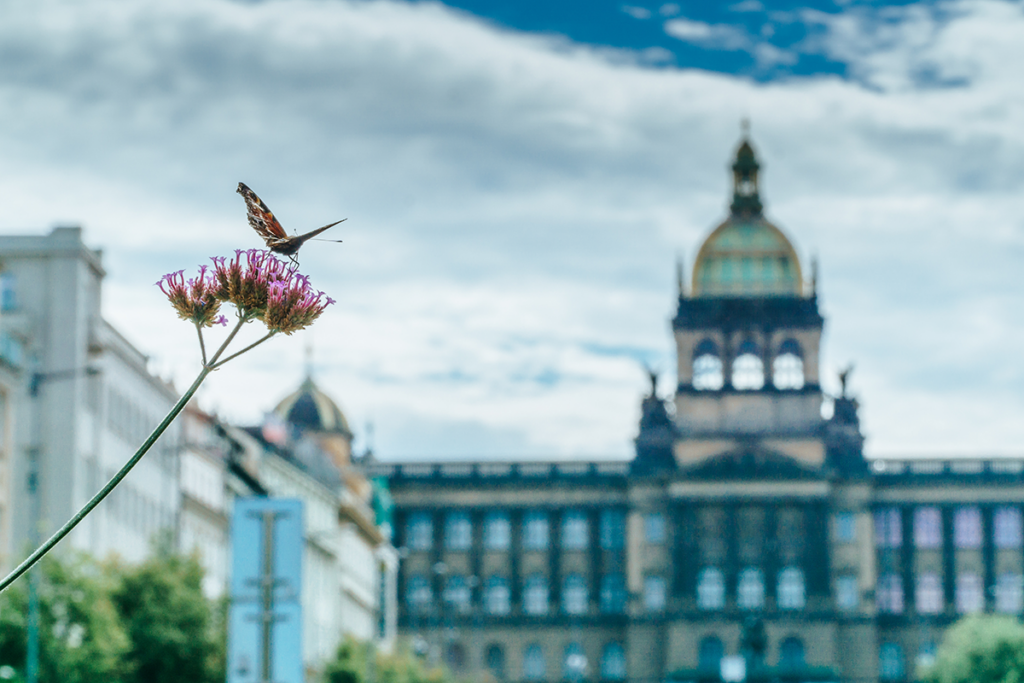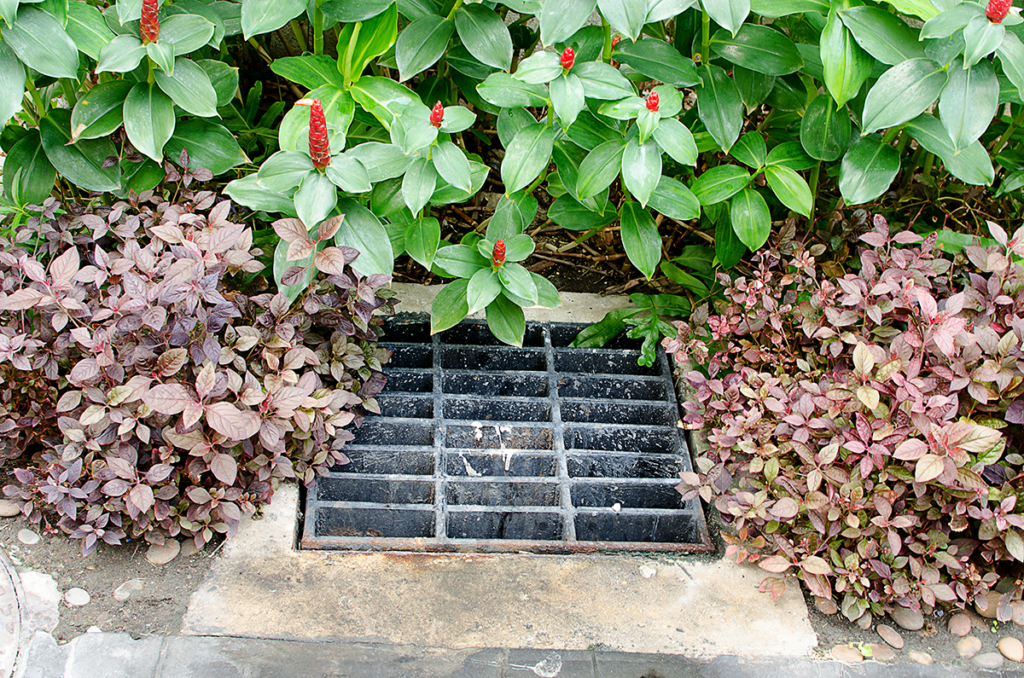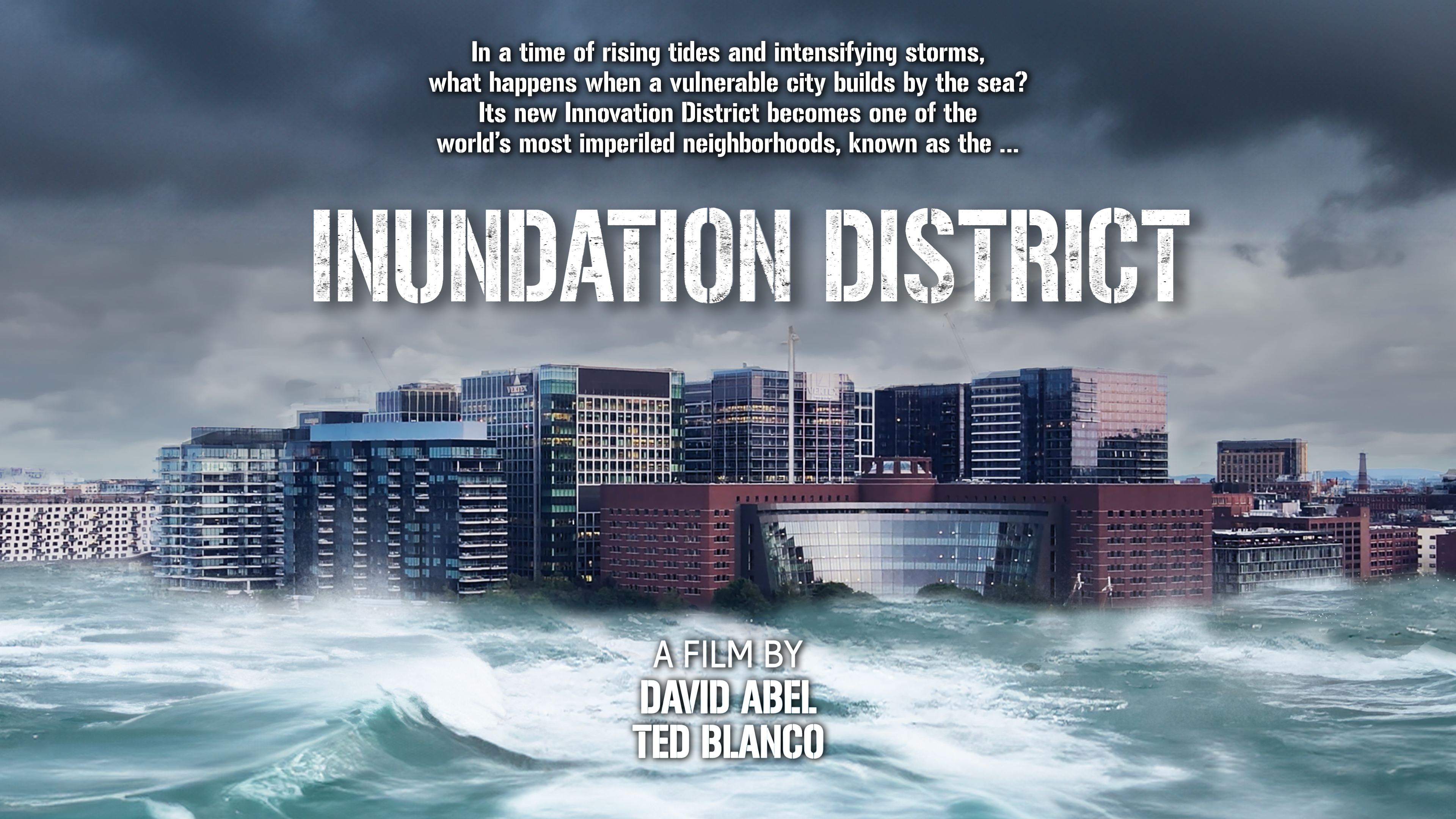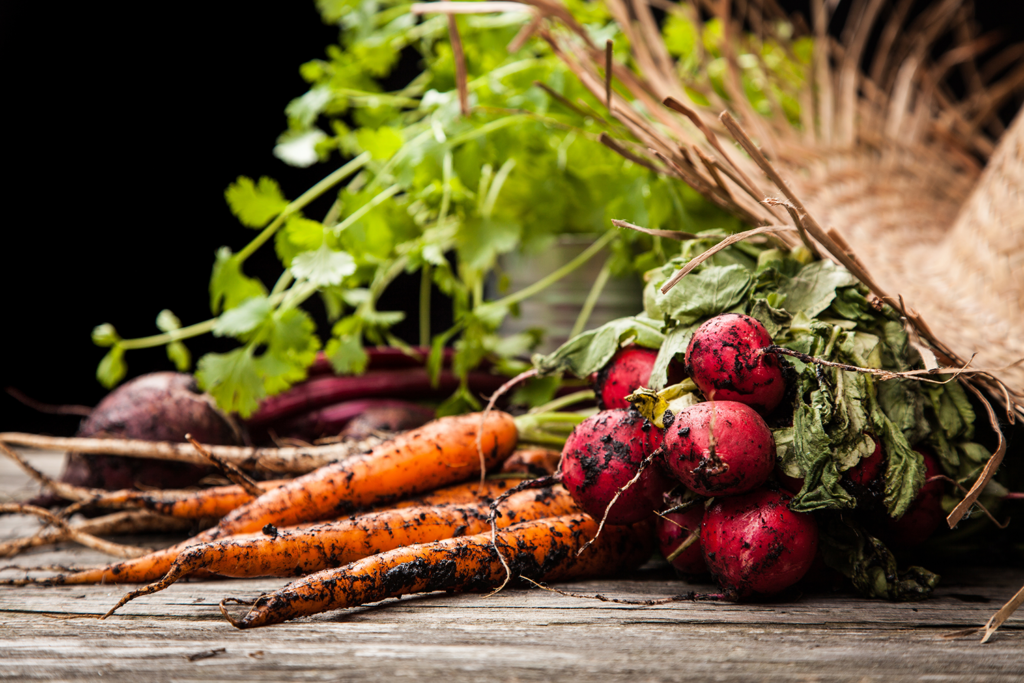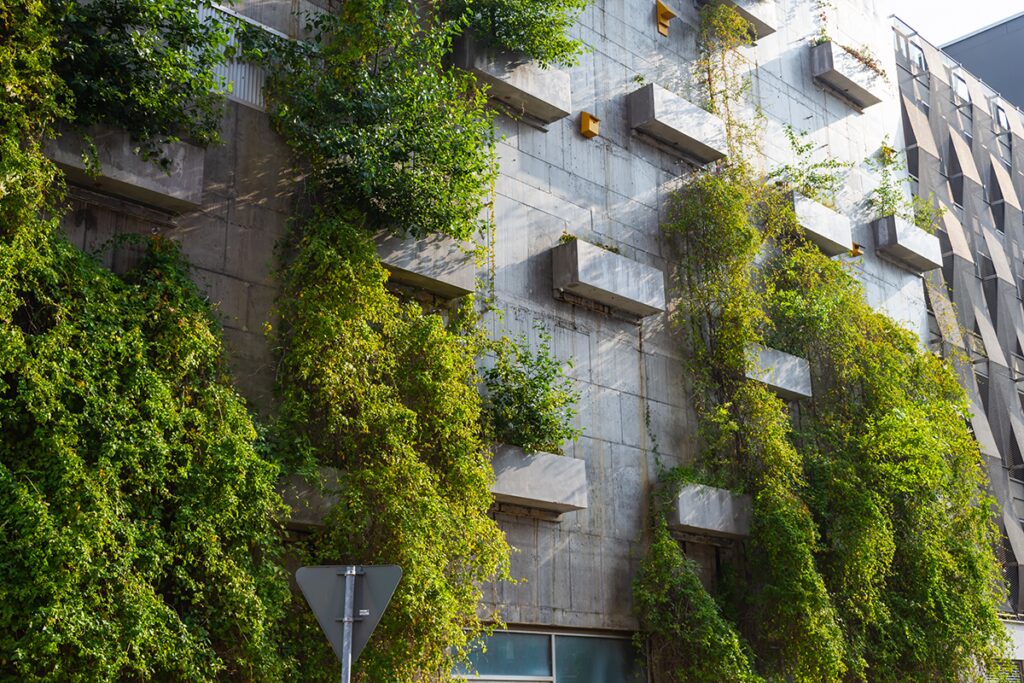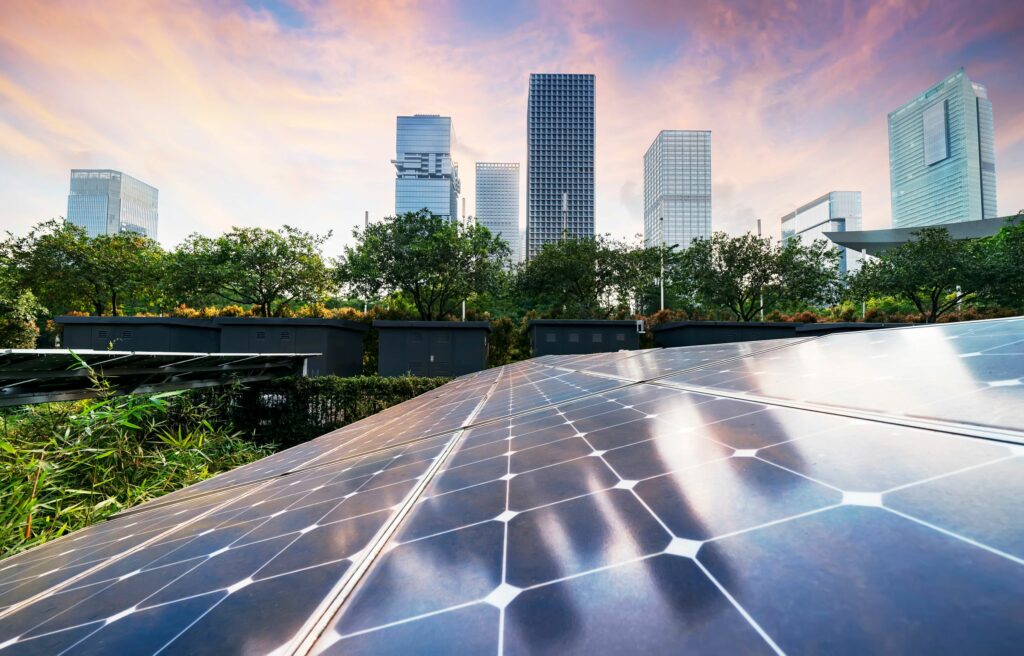Wild Animals in Urban Spaces: How Cities Can Promote Wild Animal Welfare in the Built Environment
Cities are often thought of as distinctly human environments. Yet, a wide variety of wild animals continue to make their homes in and around dense urban areas. Experts increasingly accept that human, animal, and environmental health are intrinsically linked. In this vein, cities have the opportunity to consider how they can adapt their built infrastructure […]

